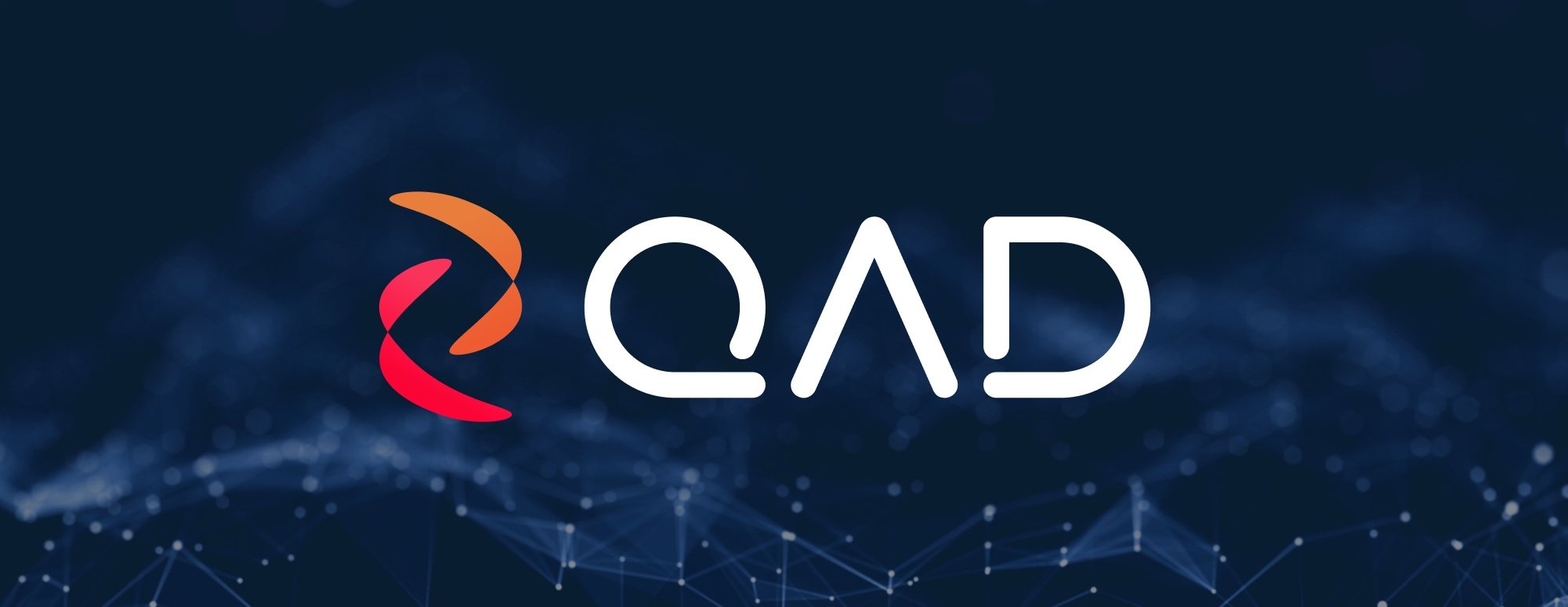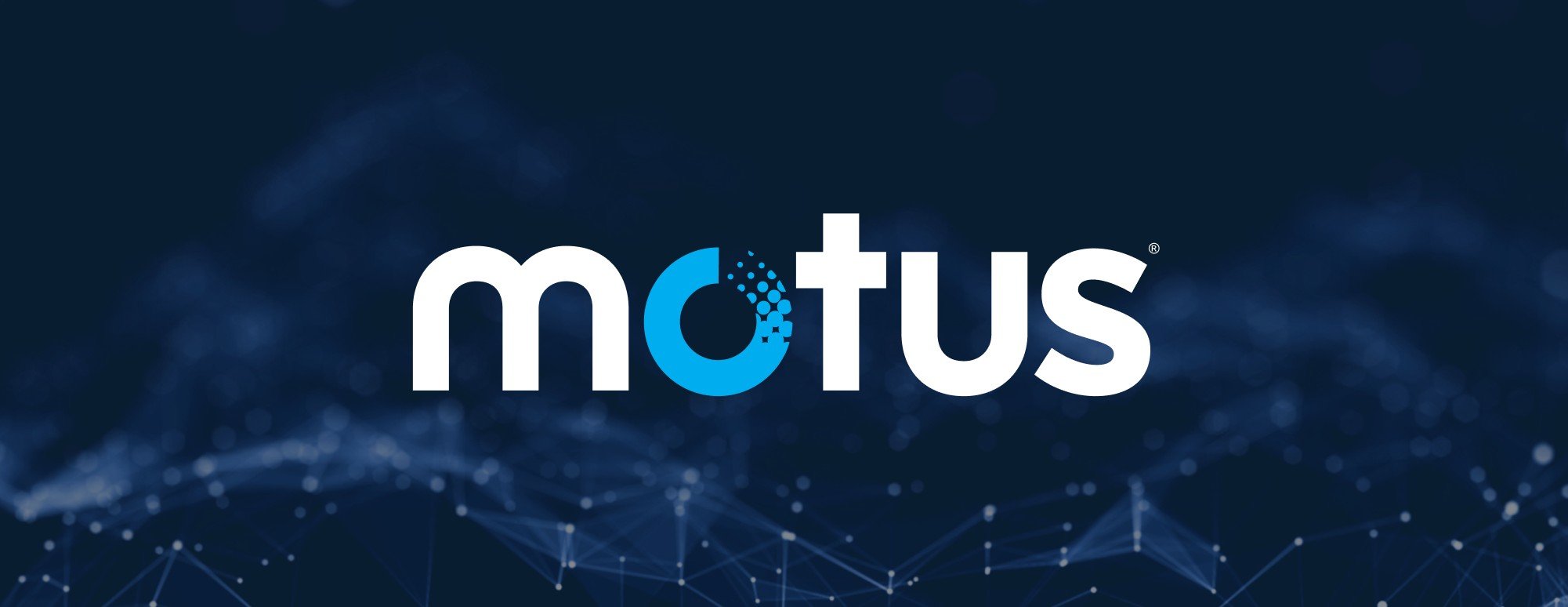Filter by
Filter by
-
- Sales
- Coaching & Training
- GTM Design & Structure
- Pricing
- Insights
- Enablement & Playbooks
- Article
- Marketing
- Performance Management
- AI-Driven Insights
- Talent Lifecycle
- Research Report
- Customer Success
- Building Relationships
- C-Suite Selling
- Prospecting
- Recruitment & Selection
- Revenue Growth Office
- CEO/Board/Executive Leadership
- Enablement & Training
- Managing the Pipeline
- Commercial Productivity
- Negotiating
- Closing
- Drive Revenue
- Presenting Solutions
- Video
- RevOps & RevTech
- Virtual Training
- Customer Experience Planning
- Developing Needs
- Increase Customer Retention
- Resources
- Bolster Profitability
- Call Planning
- Commercial Due Diligence
- Commercial Talent
- Customer Success Strategy
- Demand Creation
- Employee Experience
- Growth Office
- Managing Objections
- Pricing Strategy
- SaaS Pricing
- Shows
- Software
- Technology
- Virtual Selling
- Webinar







